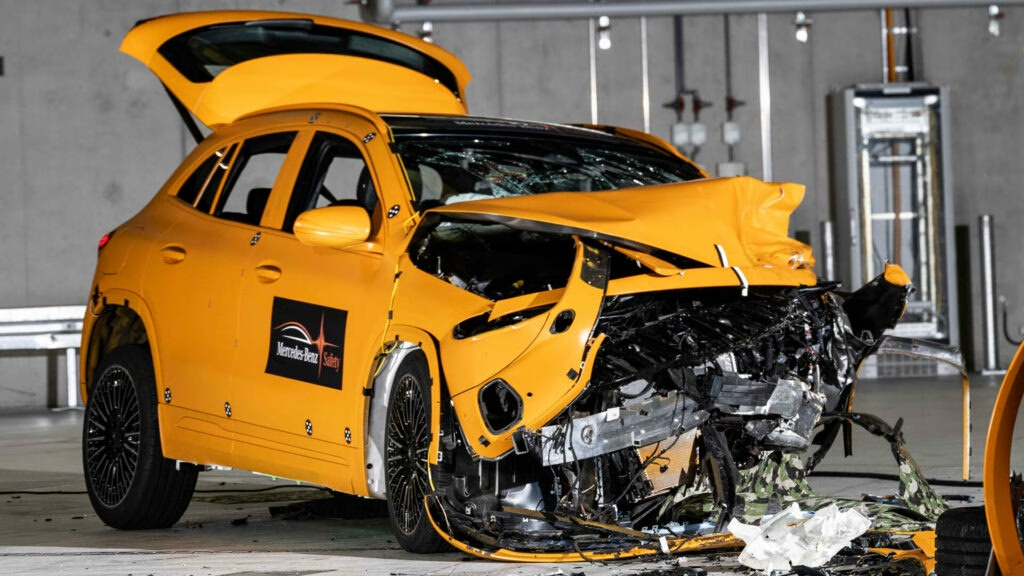Why Are Electric Vehicle Repairs Still More Expensive Than Gas Cars?
If you’ve ever had to fix an electric vehicle after a fender-bender, you know the sticker shock is real. Even as repair costs for EVs are finally starting to drop, they’re still running about 15-20% higher than what you’d pay for a comparable gas-powered car. That’s down from last year’s 20-25% gap, according to recent data from the German Insurance Association (GDV). So, what’s keeping EV repairs pricier, and why are things finally starting to improve?
How Experience Is Driving Down EV Repair Costs
Let’s face it: when EVs first hit the mainstream, most repair shops were flying blind. New tech, high-voltage batteries, and unfamiliar parts meant longer repair times and higher bills. But as more electric cars hit the road—Germany alone now has about 1.65 million registered EVs, a fivefold jump since 2021—mechanics, towing companies, and even firefighters have gotten a crash course in EV know-how.
Anja Käfer-Rohrbach, Deputy General Director at GDV, points out that as workshops and service providers gain experience, the cost gap is narrowing. More models on the market mean more training, more spare parts, and fewer surprises. The result? Repairs are getting faster and, crucially, cheaper.
What Makes EV Repairs Tricky (and Costly) in the First Place?
It’s not just about the battery—though that’s a big part of it. EVs are packed with specialized electronics and safety systems that require extra care. Even a minor collision can mean expensive diagnostics or, in some cases, replacing entire battery packs if there’s any risk of damage.
Then there’s the parts problem. Early on, many shops struggled to source replacement components for newer EVs, leading to long wait times and higher costs. Some models were even written off after relatively minor damage simply because the right parts weren’t available. Thankfully, as the market matures, supply chains are catching up.
Are Insurance Claims for EVs Really That Much Higher?
The numbers don’t lie. Last year, comprehensive insurance claims for EVs in Germany were 20-25% higher than for similar combustion-engine cars. Now, that difference has dropped to 15-20%. It’s still a premium, but the trend is heading in the right direction.
Part of this comes down to sheer volume. As EVs become more common—now making up 3.3% of all registered vehicles in Germany—insurers and repairers are learning what to expect. More data means more accurate estimates and fewer nasty surprises when the bill comes due.
What’s Changing in the EV Repair World?
The biggest shift? Confidence. Workshops are investing in training and equipment, and manufacturers are working to make parts more accessible. Some automakers are even redesigning components to be easier (and cheaper) to fix after a crash.
Take the example of a recent study period from 2021 to 2023: as the number of EVs on the road soared, the average repair cost started to fall. It’s a classic case of economies of scale—more cars, more expertise, lower prices.
What Can EV Owners Do to Keep Repair Costs Down?
If you drive an EV, there are a few smart moves you can make. First, choose a model with good parts availability and a solid repair network. Ask your insurance provider about their experience with EV claims—some are better equipped than others.
Regular maintenance is key, too. While EVs generally require less routine service than gas cars, keeping software up to date and addressing minor issues early can help you avoid bigger (and costlier) problems down the line.
The Big Takeaway for EV Drivers
Here’s the bottom line: EV repairs are getting cheaper, but they’re not quite on par with gas cars yet. The gap is closing, thanks to growing experience and better infrastructure, but a little caution and research still go a long way. The big takeaway? Navigating EV ownership isn’t about perfection—it’s about smarter adjustments. Start with one change this week, and you’ll likely spot the difference by month’s end.

